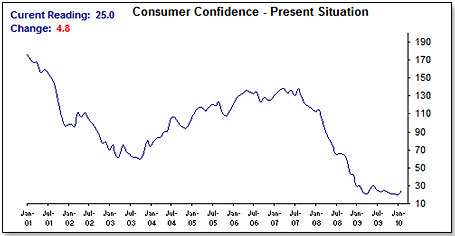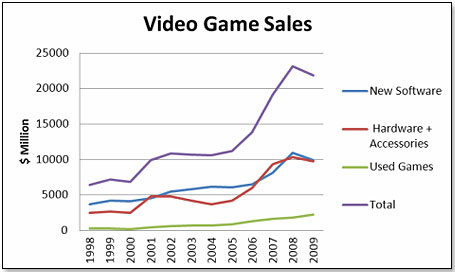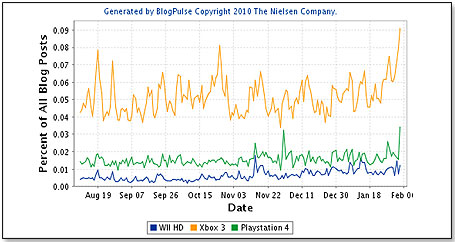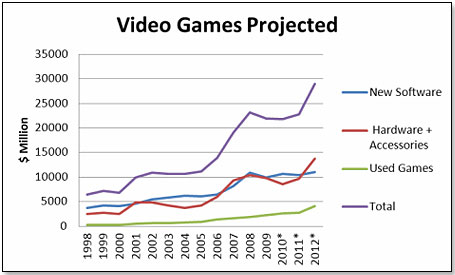
November 15, 2025


| “Unless these rumors are convincingly repudiated, we can look forward to a repeat of the 2001 to 2006 trend — declining new hardware and stagnating new software sales.” |





Copyright © 2025 TDmonthly®, a division of TOYDIRECTORY.com®,
Inc.